Inspection Tools: A Guide to the Tools Inspectors Use in Their Daily Work
Inspection tools are essential for inspectors to gather critical data. Whether it's visual, thermal, or thickness-related, the right tool can make all the difference in ensuring accurate and reliable results. The specific type of data required for an inspection determines the tools used, which can vary significantly depending on the asset being inspected and the industry involved. Once the data is collected, inspectors analyze it to assess the condition of the asset and determine if any maintenance is needed. This process is crucial in preventing failures and ensuring safety, especially in industrial environments where even small issues can lead to major problems. In this article, inspection tools refer to the actual devices and instruments that inspectors use to gather data. These can include sensors, cameras, drones, or other specialized equipment designed to capture specific types of information. For example, a thickness measuring sensor might be used to evaluate the integrity of a wall inside a coke drum, while a drone equipped with a camera could provide remote visual access to a boiler. Inspection equipment, on the other hand, includes everything that helps inspectors access the data or supports their work during the inspection. This might be a toolbelt, scaffolding, ropes, or even protective gear. While these items don’t directly collect data, they play a vital role in enabling inspectors to perform their tasks safely and efficiently. [Related read: Confined Space Equipment: A Guide] Whether inspecting a large industrial boiler or a home HVAC unit, the core process remains the same: While the general approach is straightforward, the tools used can vary widely depending on the inspection needs. Some tools are organized by the type of data they collect, while others are categorized by their method of operation, such as aerial or ground-based robotics. Now let’s take a closer look at each category of inspection tool.  Visual data is one of the most common types of information inspectors need. Cameras are the go-to tool for capturing this data, but not all cameras are suitable for every inspection. The choice of camera depends on the specific requirements of the job, such as image quality, lighting conditions, and the need for color accuracy. Here are some common visual data collection tools: While visual data is the most common type of information collected, there are many other forms of data that may be required. These often require specialized sensors or Non-Destructive Testing (NDT) methods to gather the necessary information. A recent inspection conducted by Premium Inspection & Testing in Baton Rouge, Louisiana, showcases how inspectors combine multiple tools and NDT methods to gather comprehensive data. In this case, the team used a combination of drones and rope access to inspect a coke drum without building scaffolding, saving the client $250,000 in the process. Here’s how the inspection was carried out: 1. Visual data collected by drone Using Flyability’s Elios 2 drone, the team captured visual data inside the coker to identify areas that needed further attention. 2. Corrosion, pitting, and other data collected by rope access Inspectors then used rope access to perform additional tests, including 3D scanning, phased array testing, and liquid penetrant testing. This case study highlights the importance of combining multiple tools and techniques to meet inspection requirements effectively. Some examples of data that may require specific NDT methods include: For more details on these methods, refer to our in-depth guide on Non-Destructive Testing. Robotic solutions have become increasingly popular in inspection work, offering safer and more efficient alternatives to traditional methods. There are three main categories of robotic inspection tools: Drones are now a common tool for remote inspections, particularly in industrial settings. They allow inspectors to collect data without risking personal safety. While many drones are used for visual data, some can also collect thermal or other types of data when equipped with the right sensors. There are several advantages to using remote visual inspection (RVI) tools like drones: Indoor drones are designed for confined spaces and are often built to withstand collisions. Outdoor drones, on the other hand, are typically used for larger, open-area inspections and lack the same level of collision tolerance. Flyability’s Elios 3 is an example of an indoor drone that can navigate tight spaces safely. It is commonly used in boilers, pressure vessels, and tanks. Ground-based robots are another type of RVI tool that offer similar benefits to drones, improving safety and reducing costs. Some examples include: The Inuktun MaggHD is a magnetic crawler used for remote visual inspections in hazardous or hard-to-reach areas. The Deep Trekker DT320 is a mini pipe crawler used for inspecting sewers and other narrow spaces. The Inuktun Versatrax 150 is a long-range crawler used for inspecting tanks and wastewater infrastructure. Submersible robots are also gaining traction in the inspection industry. These tools allow inspectors to collect data in underwater or submerged environments without requiring divers. One example is the MASKI+ ROV, used by HydroQuebec to inspect dams in turbulent waters. Another example is the Intero Tank Explorer, which can operate in explosive environments, such as petrochemical storage tanks, to detect thickness inconsistencies and provide real-time imaging. Future inspections will likely involve a wider range of robotic tools, including those equipped with advanced NDT sensors. For instance, robot-mounted ultrasonic testing tools are already being used in various industries. Newer models can even fix detected issues using onboard tools like water-jet cutters or UV-curable patches. Measuring devices are essential for collecting precise dimensional data. These tools help inspectors determine the length, depth, or width of an object. While some are digital and highly sophisticated, many are simple, handheld tools like calipers, which are widely used in inspections. Common measuring devices include: As inspections become more data-heavy, managing and analyzing the collected information has become a growing challenge. This has led to significant advancements in inspection software, particularly in data collection and management tools. Software like Flyability Inspector 3.0 allows inspectors to create 3D models of assets during drone flights, highlighting defect locations for quick identification. This streamlines the inspection process and improves accuracy. New software solutions leverage artificial intelligence and machine learning to process vast amounts of data quickly. This makes it easier for inspectors to extract actionable insights from complex datasets. For example, sewer inspection software automatically identifies potential defects from uploaded visual data. Whether through innovation or refinement, improved software continues to enhance the speed, accuracy, and safety of inspections across industries. Gas Cylinders Caps,Abs Guards,,Lpg Cylinders Caps Hangzhou Qizheng Trading Co., Ltd. , https://www.gascylindercap.comInspection Tools: A Guide to the Tools Inspectors Use in Their Daily Work
Inspection tools help inspectors collect the data they need to ensure the proper maintenance of the assets they're inspecting—Read this guide for an overview of the different types of inspection tools they use.
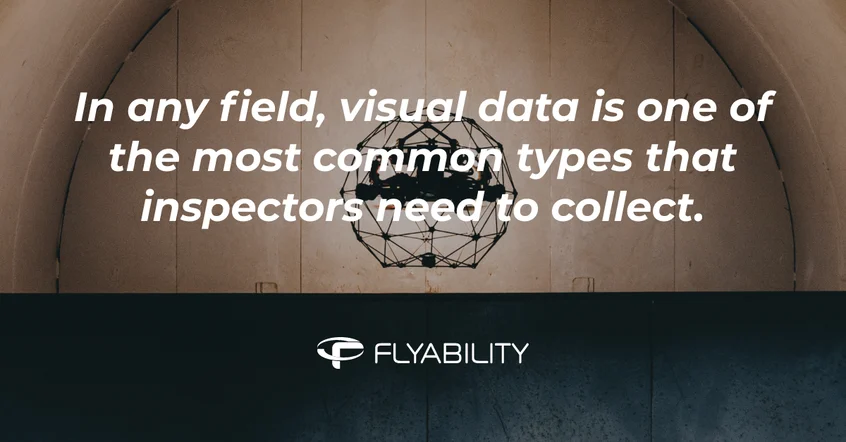
Inspection Tools vs. Inspection Equipment
Cameras and Other Visual Data Collection Tools
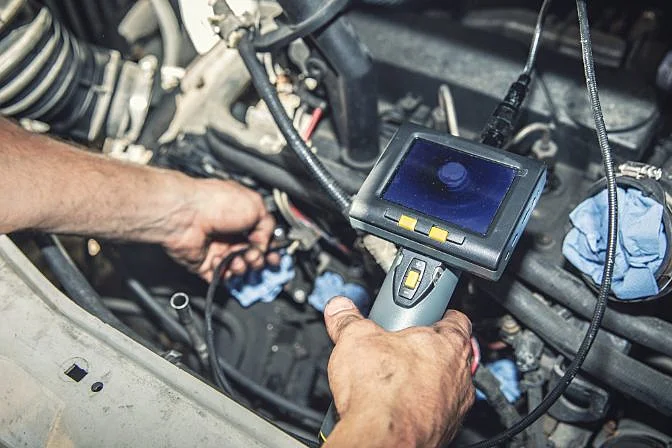 A borescope being used to inspect a car engine
A borescope being used to inspect a car engine
Other NDT Sensors and Testing Methods
Ropes and Drones Case Study
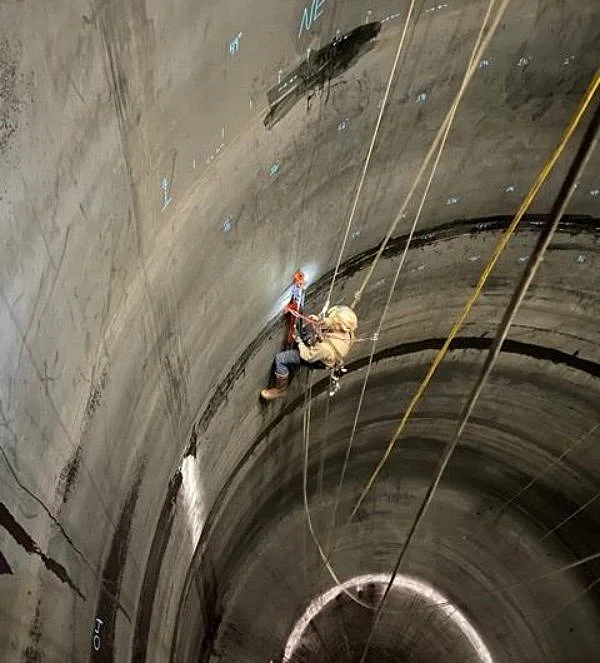 Photo credit: Premium Inspection & Testing
Photo credit: Premium Inspection & TestingNDT Sensors and Testing Methods
Robots
Drones / Aerial Solutions
Why use RVI tools?
Indoor vs. outdoor drones
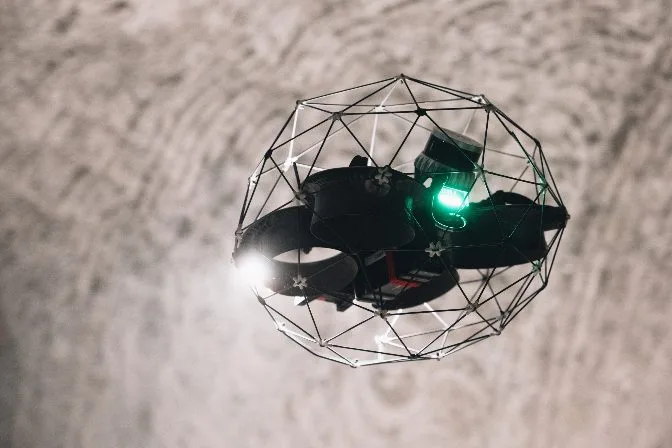
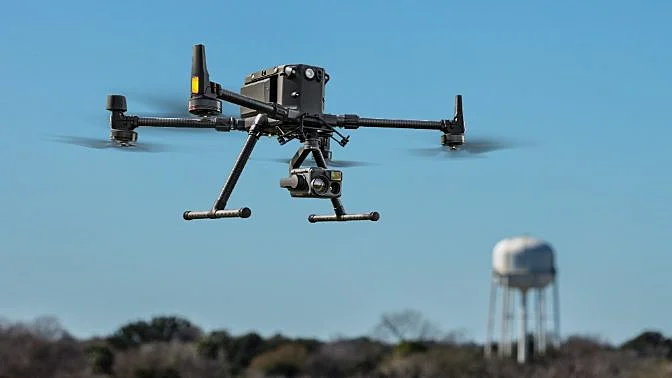 DJI's Matrice 300, an outdoor drone commonly used in inspections
DJI's Matrice 300, an outdoor drone commonly used in inspectionsGround-based Robotic Solutions
Inuktun MaggHD
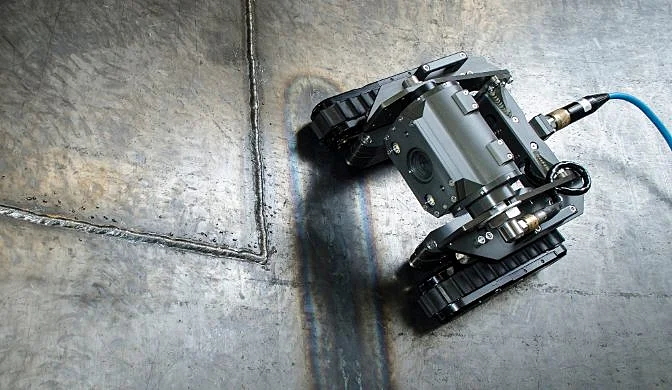
Deep Trekker DT320
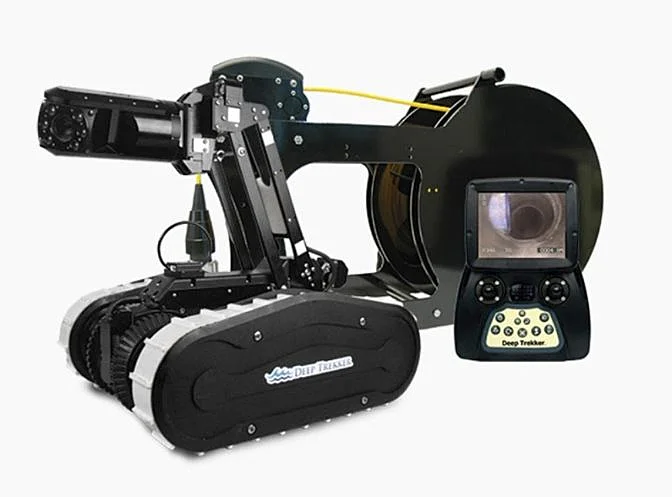
Inuktun Versatrax 150
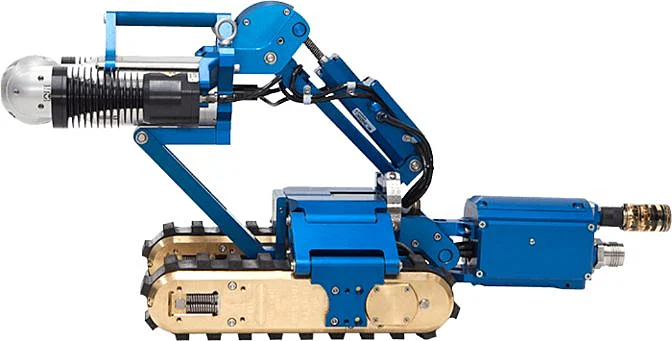
Robots—Submersible Solutions
Recent Advances in Robotics
Measuring Devices
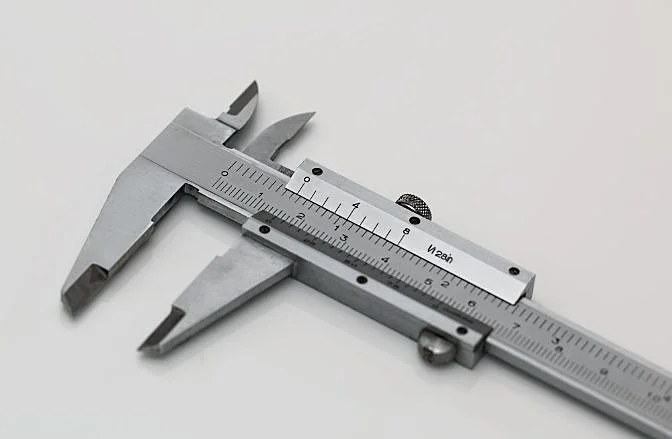
Inspection Software
Improved Data Collection Software
Data Management Tools